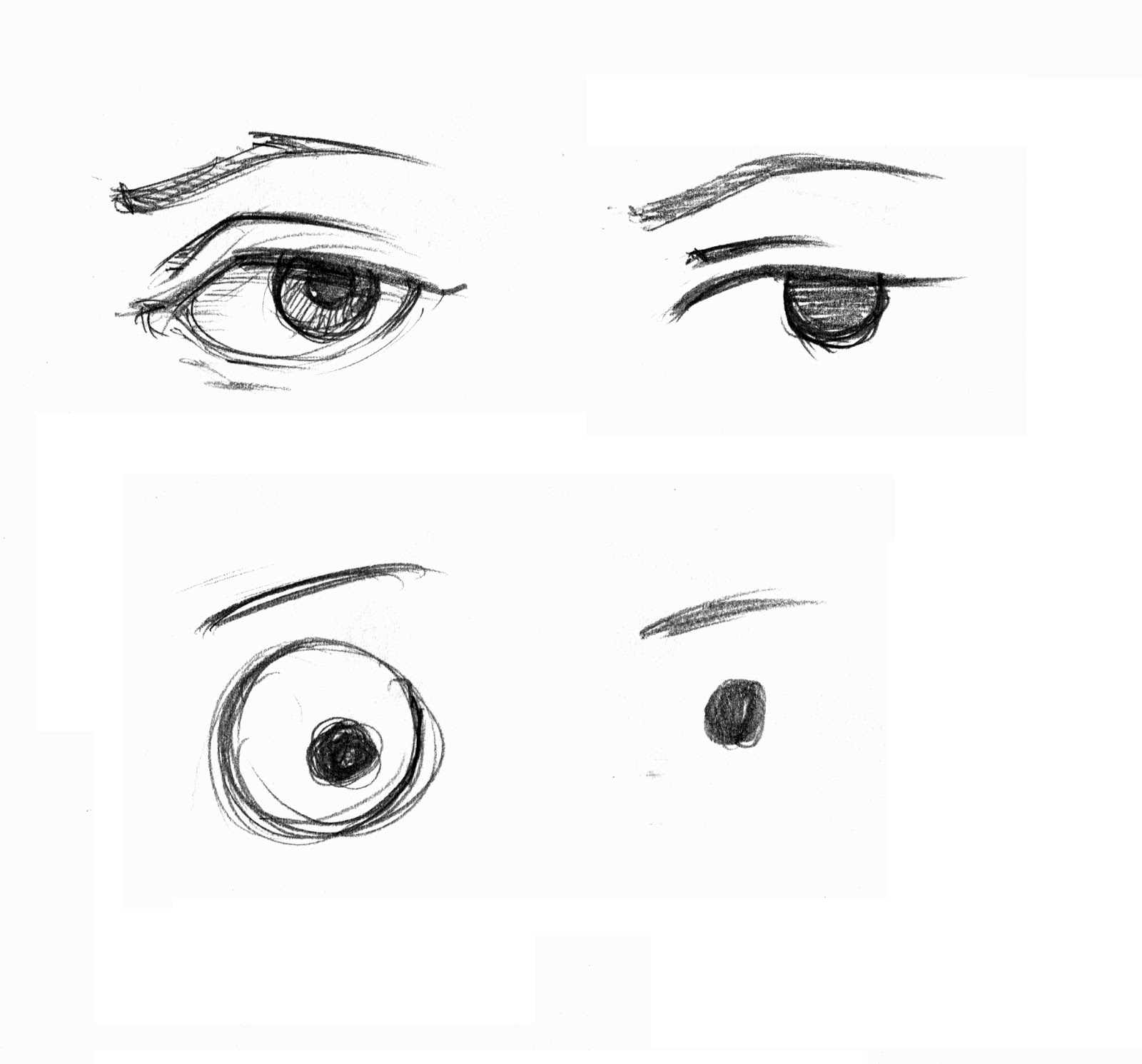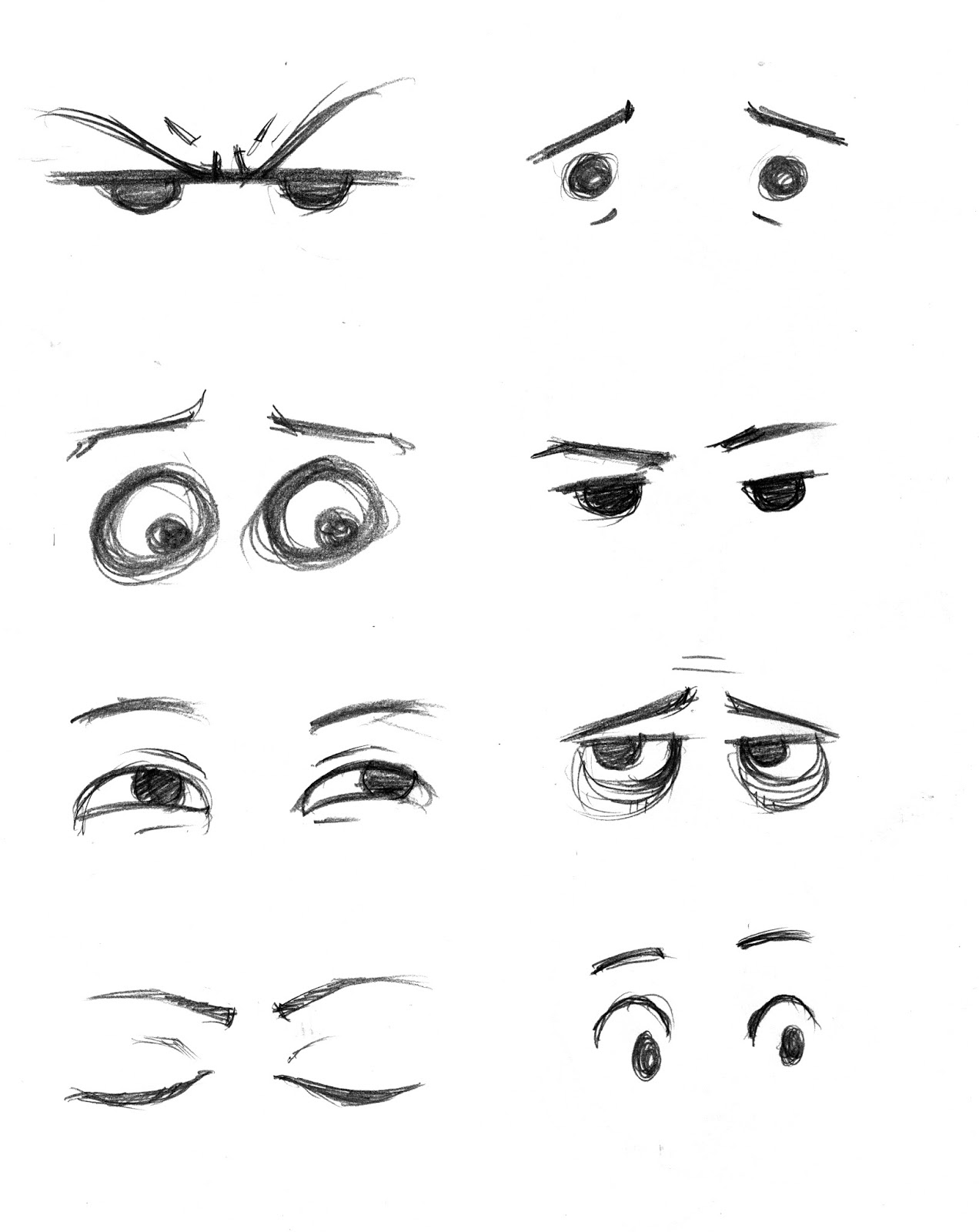Unlocking the Art of Eye Drawing: Techniques and Mastery

The human eye, a window to the soul, has captivated artists for centuries. Rendering this complex feature on paper, however, can be a daunting task for both beginners and experienced artists. From capturing the subtle curve of the eyelid to the glint of light on the cornea, drawing eyes convincingly requires a keen understanding of anatomy, light, and shadow. This guide delves into the fascinating world of eye depiction, providing you with the tools and techniques to bring your characters and portraits to life.
Drawing eyes isn't simply about replicating what you see. It's about understanding the underlying structure, the interplay of light and shadow, and how these elements contribute to the overall expression and emotion conveyed by the eyes. Whether you're sketching in a notebook, working on a digital painting, or creating a comic book character, mastering the art of eye drawing will significantly elevate your artistic skills.
The history of eye representation in art is rich and diverse. From the stylized eyes of ancient Egyptian hieroglyphs to the expressive eyes of Renaissance portraits, each era and culture has developed its own unique approach to depicting this crucial feature. Exploring these different styles can offer valuable insights and inspiration for your own artistic journey.
One of the main challenges in drawing eyes lies in achieving realism. The subtle nuances of shape, the delicate interplay of light and reflection, and the intricate details of the iris can be difficult to capture. Understanding the anatomy of the eye, including the eyelids, eyelashes, pupil, and iris, is fundamental to creating believable and captivating eyes in your artwork. This guide will break down the process, offering step-by-step instructions and practical tips for tackling these complexities.
Another crucial aspect of eye drawing is conveying emotion. The eyes are often referred to as the "windows to the soul" because they can express a wide range of feelings, from joy and sorrow to anger and fear. Learning how to manipulate the shape of the eyebrows, the position of the eyelids, and the direction of the gaze can help you imbue your drawn eyes with depth and meaning. This guide will explore these expressive techniques, empowering you to create characters and portraits that truly resonate with viewers.
One simple technique for drawing eyes is to start with two basic shapes: circles for the eyeballs and almond shapes for the eyelids. From there, you can gradually refine the shapes, adding details like the pupils, irises, and eyelashes. Experimenting with different eye shapes and sizes can help you develop your own unique style.
Benefits of mastering eye drawing techniques include enhanced realism in portraits, the ability to convey emotions effectively, and improved overall artistic skill. For example, accurately depicting the subtle changes in eye shape and pupil size can add a layer of realism and depth to your portraits, making them more lifelike and engaging. Being able to draw expressive eyes can also help you tell stories through your art, communicating complex emotions and narratives to your audience.
Advantages and Disadvantages of Different Eye Drawing Approaches
| Approach | Advantages | Disadvantages |
|---|---|---|
| Construction Method (using basic shapes) | Provides a solid foundation for accurate proportions. | Can feel rigid and less intuitive for some artists. |
| Freehand Sketching | Allows for greater freedom and expressiveness. | Can lead to inaccuracies in proportions if not practiced. |
Five best practices for drawing eyes include: understanding underlying anatomy, observing light and shadow, practicing regularly, using references, and experimenting with different styles.
Five real-world examples of impressive eye drawings can be found in the works of artists like Leonardo da Vinci, Rembrandt, and Albrecht Dürer. Modern comic book artists and illustrators also provide excellent examples of dynamic and expressive eye drawing.
Frequently asked questions include: How do I draw realistic eyes? How do I draw different eye shapes? How do I draw expressive eyes? How do I draw eyes from different angles? How do I draw eyes in different lighting conditions? How do I draw eyes with glasses? How do I draw eyes for cartoons? How do I draw eyes for anime?
Tips and tricks for drawing eyes include: using a light touch for sketching, practicing drawing from life, paying attention to details, and experimenting with different drawing tools.
In conclusion, mastering the art of drawing eyes is a journey that requires patience, practice, and a keen eye for observation. By understanding the underlying anatomy, the interplay of light and shadow, and the expressive qualities of the eyes, you can elevate your artistic skills and create captivating artwork that truly resonates with viewers. Whether you're a beginner or an experienced artist, the techniques and insights shared in this guide will empower you to unlock the power of the eye and bring your artistic visions to life. Don't be afraid to experiment, embrace challenges, and continue to explore the fascinating world of eye drawing. Your artistic journey awaits, so grab your pencils and begin!
St johns town center motels your jacksonville crash pad
Unlocking value with dulux trade brilliant white matt emulsion
Coloring the cosmos solar system printables













